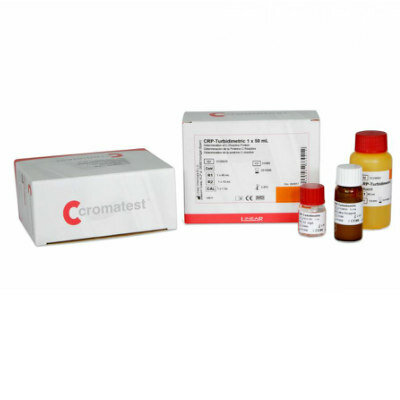Dye Checks Heparin Levels in Blood
By LabMedica International staff writers
Posted on 26 Feb 2013
Scientists have developed a dye that provides a quick and accurate method of checking heparin levels in the blood. The modified dye, which has excellent sensing capacity for heparin, pinpoints the anticoagulant's level in human serum and has the potential to work more quickly than existing clinical methods for doing this.Posted on 26 Feb 2013
Because the dye can rapidly detect heparin levels, the scientists have named it “Mallard Blue,” (the same shade as the livery of the A4 Pacific Mallard, which holds the world speed record for a steam locomotive).
Heparin is an important anticoagulant, which has a significant role in major surgery. The scientists in the department of chemistry at York University (Toronto, Canada) studied biological systems to discover how the dye would bind heparin even in highly competitive human serum.
In the laboratory, the scientists modified existing dyes, which previously could not bind with heparin successfully under these challenging conditions. The scientists in the department of chemistry at York used inspiration from biological systems to allow the dye to bind heparin even in the highly competitive human serum. The modified dye, which has excellent sensing capacity for heparin pinpoints the anticoagulant’s level in human serum and has the potential to work more quickly than existing clinical methods for doing this. The work was published in the online edition of February 13, 2013, Journal of the American Chemical Society.
The York scientists worked with a team led by Sabrina Pricl at the University of Trieste (Italy), who used high-level computer modeling to understand precisely how Mallard Blue binds to heparin so strongly.
The next stage in this work will involve the incorporation of this new dye into a device for simple bedside read-out of heparin levels in blood.
Related Links:
York University
University of Trieste













